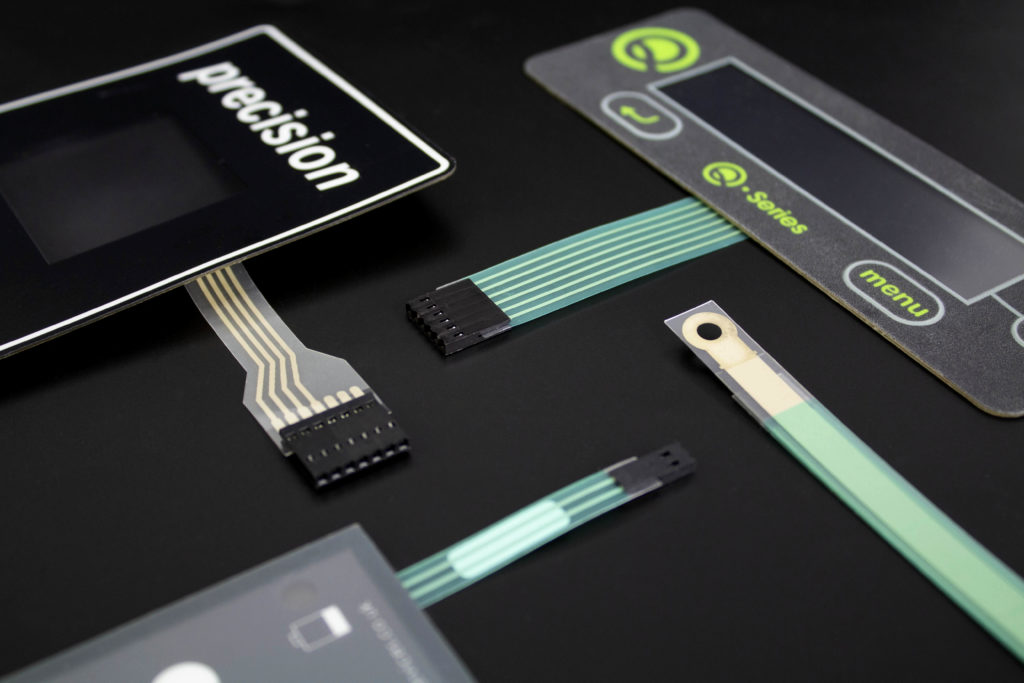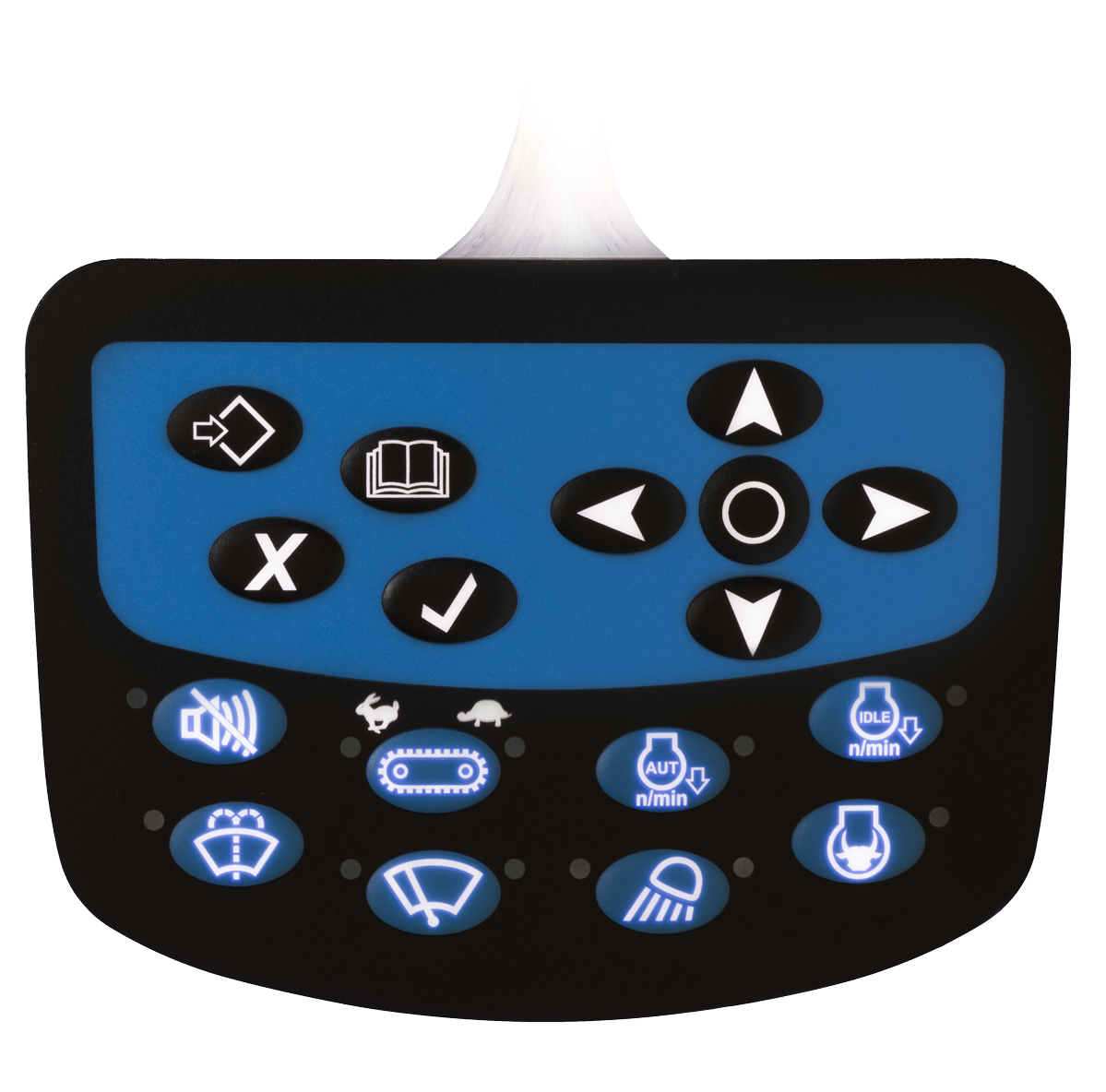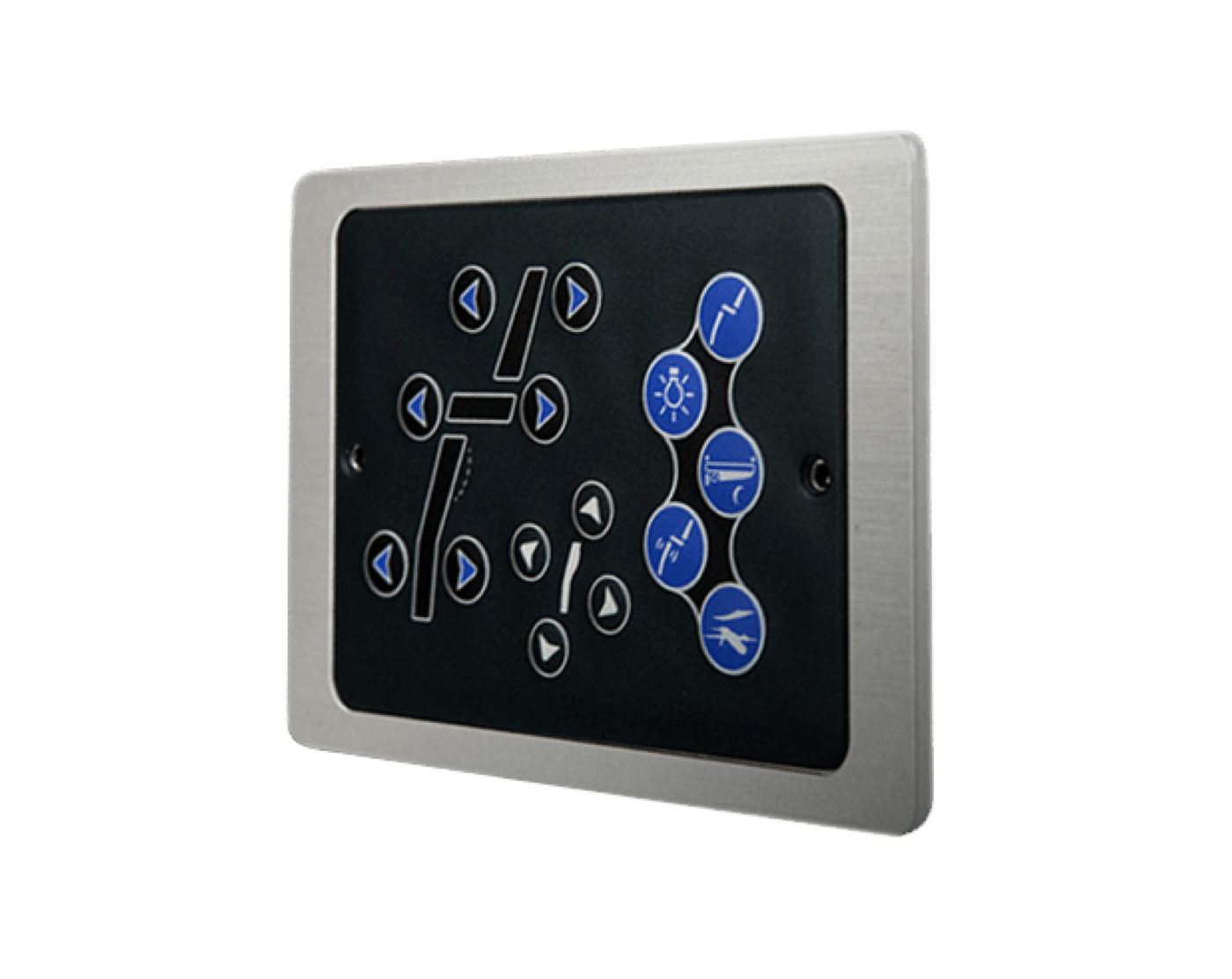Understanding the Technology Behind Membrane Switches
Understanding the Technology Behind Membrane Switches
Blog Article
Recognizing the Significance of Membrane Switches in Interface
Membrane buttons are essential elements in the layout of reliable customer interfaces, facilitating not only performance but additionally improving visual charm and customer interaction. Their one-of-a-kind features, such as resistance to ecological elements and personalized designs, make them appropriate for a varied range of applications throughout multiple markets. As we explore the future patterns and numerous advantages related to Membrane technology, it ends up being clear that these buttons are greater than simply parts; they represent a convergence of technology and practicality. The implications of this modern technology on user experience are worth taking a look at better.
What Are Membrane Switches?

The spacer layer, which consists of sticky residential properties, permits the separation of the circuit layer from the overlay, ensuring that the switch remains in a non-activated state till pressed. When stress is related to the overlay, it presses the spacer layer, bridging the void and completing the circuit in the underlying layer. This design not just minimizes the physical area needed for typical mechanical buttons but additionally improves the sturdiness of the device, as Membrane switches are generally immune to dust, moisture, and various other environmental factors.
Generally discovered in applications varying from customer electronics to clinical devices, Membrane switches are integral to contemporary technology, supplying a easy to use and efficient interface that straightens with contemporary style requirements.
Benefits of Membrane Switches
While countless switch modern technologies exist, Membrane Switches deal distinct benefits that make them particularly preferable in numerous applications. One of the key benefits of Membrane buttons is their portable design, which enables space-saving implementations in devices where realty is restricted. Their slim profile not only boosts aesthetic charm yet additionally helps with light-weight construction.
One more substantial advantage is their resistance to environmental variables. Membrane switches are normally secured against moisture, dust, and impurities, making them optimal for usage in requiring environments, such as medical gadgets and commercial tools. This durability prolongs the life expectancy of the switch, reducing maintenance prices and enhancing reliability.
Furthermore, Membrane buttons can be personalized to fulfill details layout needs, including one-of-a-kind graphics and colors that enhance user interaction. Their tactile feedback options can also be tailored to offer an enjoyable customer experience. In addition, Membrane buttons are economical, specifically in high-volume applications, as they can be created effectively.
Applications in Numerous Industries

In the customer electronic devices sector, Membrane switches are prevalent in devices such as microwaves, cleaning makers, and remote controls. Their responsive feedback and visual alternatives improve user experience while providing a smooth, modern appearance. Furthermore, auto makers utilize Membrane switches in control panel controls and infomercial systems, where area is restricted, and individual involvement is vital.
Moreover, the commercial industry leverages Membrane switches in control panels for equipment and tools, permitting instinctive operation in usually severe settings. Their resistance to chemicals and moisture makes sure long life and dependability in these applications. Generally, the adaptability of Membrane Switches adds considerably to their extensive usage, making them essential in different technical domains.
Style Factors To Consider for Membrane Buttons

When creating Membrane buttons, several essential considerations need to be taken right into account to make certain optimal functionality and user experience. The selection of products is critical; picking sturdy, high-quality substratums can boost the button's long life and resistance to ecological elements such as wetness and temperature variations.
Secondly, the design of the graphic overlay should prioritize quality and convenience of usage. Icons and text have to be understandable, and the design must help with instinctive communication (membrane switches). Furthermore, tactile feedback is essential; including a responsive dome or other mechanisms can boost the individual experience by providing physical verification of activation
One more essential factor is the button's electric performance. Developers should ensure that the conductive traces are effectively created to reduce resistance and stay clear of signal disturbance. This involves analyzing the needed actuation pressure and ensuring compatibility with the electronic parts they will certainly interface with.

Future Trends in Membrane Technology
As innovation remains to advancement, Membrane switches are poised to evolve dramatically, driven by developments in products and manufacturing methods. One arising trend is the consolidation of innovative materials, such as conductive inks and versatile substratums, which boost resilience and minimize the total weight of more information Membrane switches. helpful hints These products not just improve the tactile action yet also enable the style of buttons that can hold up against harsher environmental conditions.
Moreover, the assimilation of touch-sensitive technologies is transforming conventional Membrane Switches right into even more interactive interface. Capacitive touch sensing units embedded within Membrane switch panels can offer a much more instinctive and receptive individual experience, aligning with the growing need for sleek, modern layouts in customer electronics.
In addition, improvements in printing techniques, such as digital and 3D printing, enable quick prototyping and personalization of Membrane switches. This versatility permits producers to respond extra quickly to market demands and customer choices.
Last but not least, sustainability is coming to be a considerable focus, with makers discovering green products and procedures. As these patterns unfold, the future of Membrane modern technology assures improved performance, aesthetic appeal, and ecological duty, solidifying their role in advanced customer interfaces throughout different industries.
Verdict
In verdict, Membrane Switches stand for an important part in the design of customer interfaces, combining functionality with aesthetic versatility. As advancements in innovation proceed, the evolution of Membrane switches is anticipated to further fine-tune customer interfaces, driving development and enhancing use in an increasingly complicated technical landscape.
Membrane switches are important parts in the design of effective individual interfaces, promoting not only performance yet additionally enhancing aesthetic charm and customer communication.Membrane Switches serve as an important element in numerous customer interfaces, facilitating a seamless interaction in between customers and digital gadgets.While countless button technologies exist, Membrane Switches offer distinct advantages that make them particularly desirable in try this site different applications.Additionally, Membrane buttons can be personalized to meet certain style demands, integrating special graphics and shades that boost individual communication.In final thought, Membrane Switches represent an important component in the design of user interfaces, combining functionality with aesthetic flexibility.
Report this page